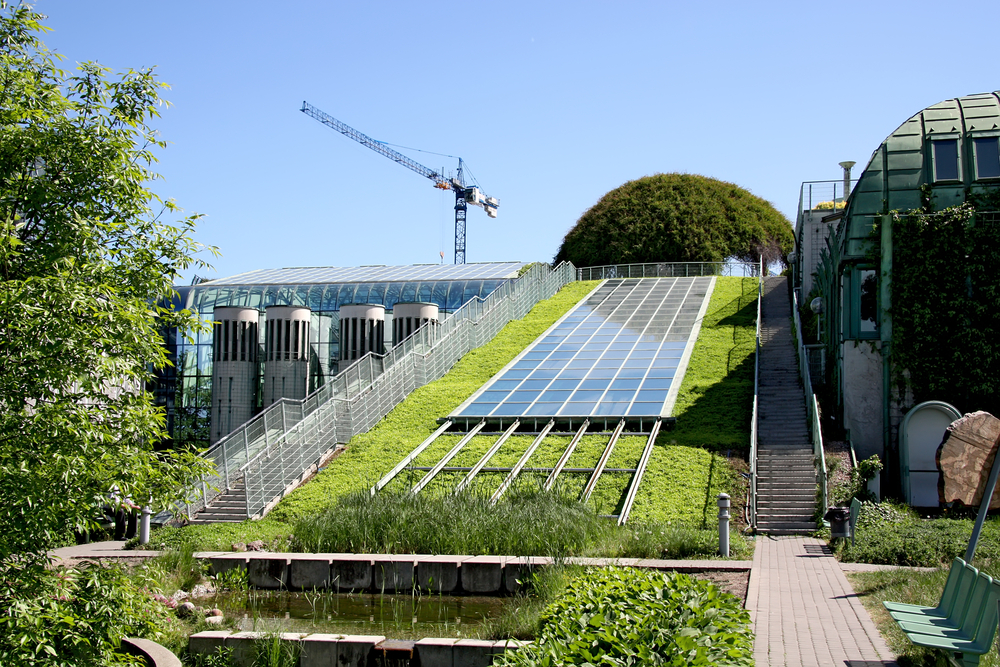Last Thursday news broke that America's first two cross-laminated timber low-rise buildings were set to break ground. These tall wood buildings in New York and Portland, Oregon are primed to set the future trend of using cross-laminated timber (CLT) in residential and mixed use projects.
 |
| The Framework Building, soon to be built in Portland |
CLTs are solid wood-based structural panels created from dimensional lumber stacked at right angles, in multiple layers. Once stacked, the wood is put under pressure and bonded with an adhesive. CLTs can be produced one foot thick, and up to 40 feet long. CLT technology is currently being used in Europe and Canada to produce structures ranging from six to 14 stories tall.
 |
| Cross-Laminated Timber |
The rising popularity of CLTs is a big deal because they often allow faster and cheaper construction than commonplace steel and concrete counterparts. Furthermore, many argue that CLTs are a more environmentally friendly building material; as the wood can be sustainably sourced and the timber absorbs carbon through its life cycle. Additionally, the burgeoning rise of mass timber has already sparked the development of multiple CLT plants in Oregon and Montana, which advocates point at as evidence supporting CLTs as job-creating.
 |
| Ground floor of the Framework Building |
However, the regulations surrounding CLTs are still very complex and burdensome to navigate. This is the biggest reason CLTs have not yet become commonplace in the United States. The CLT projects in Portland and New York only became feasible upon receiving a $1.5 million grant to allow them to work through the evolving set of mass timber regulations. As these trailblazing projects progress, expect to see more CLT plans announced.






